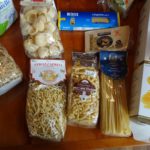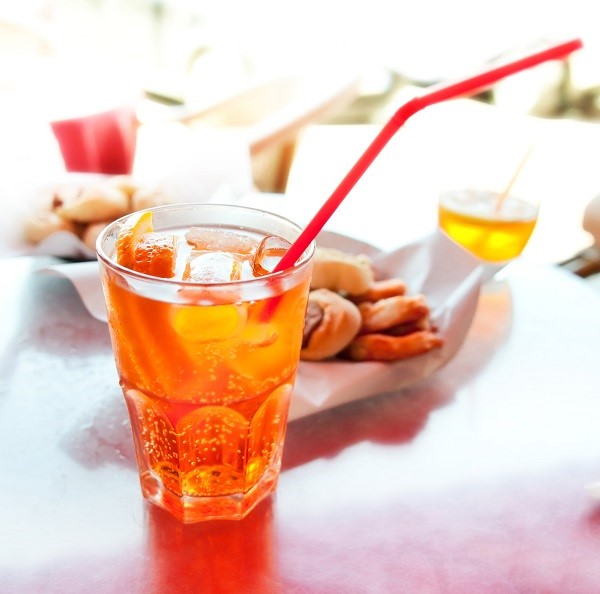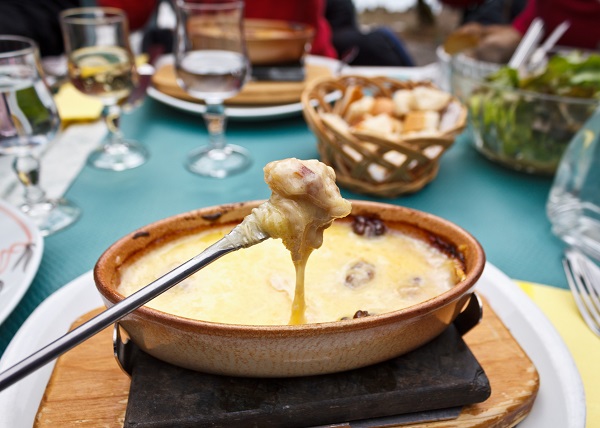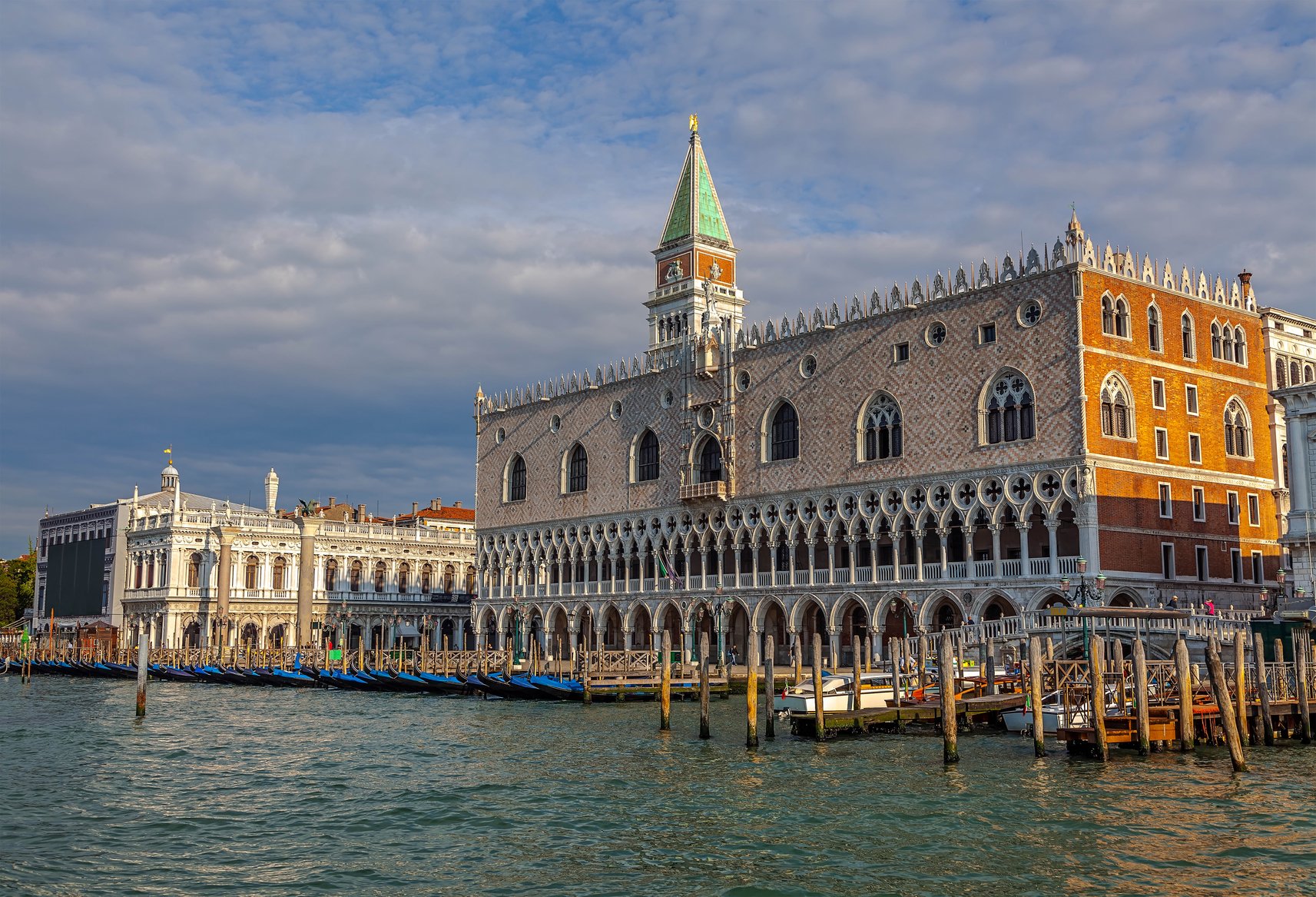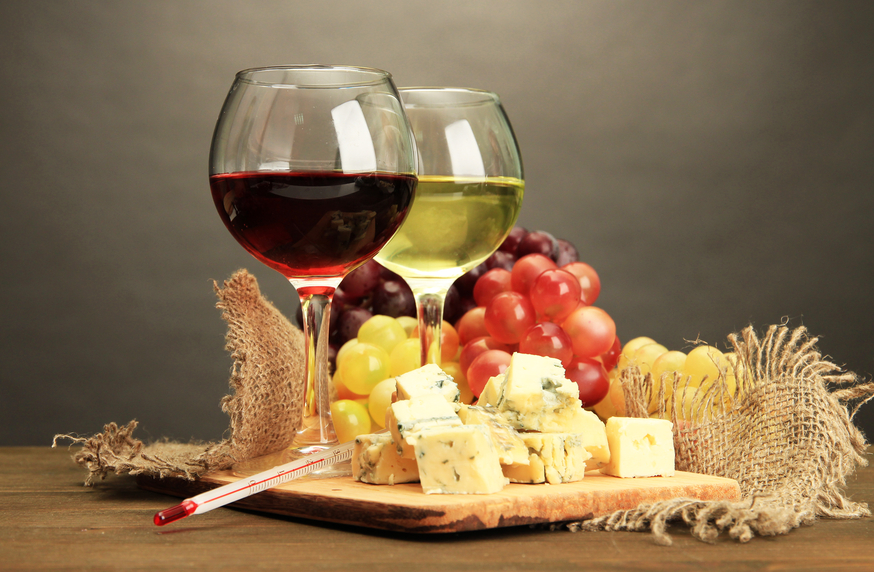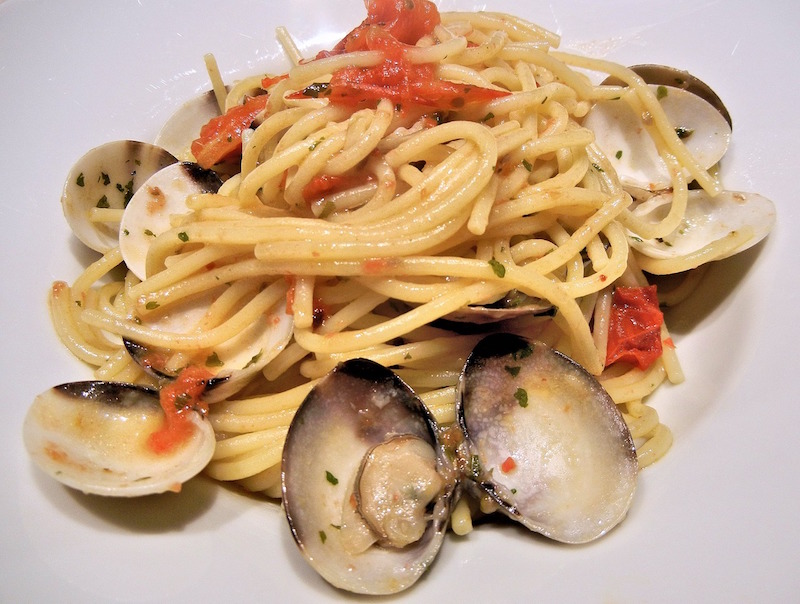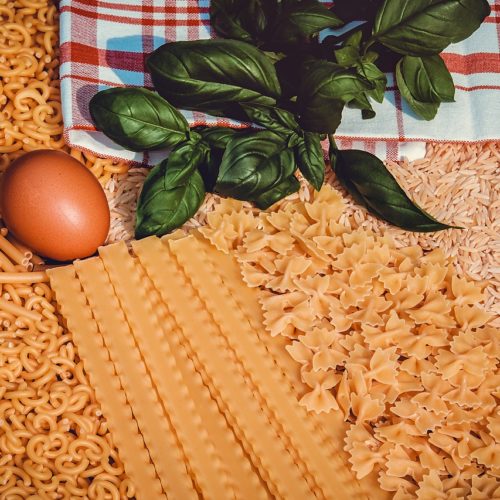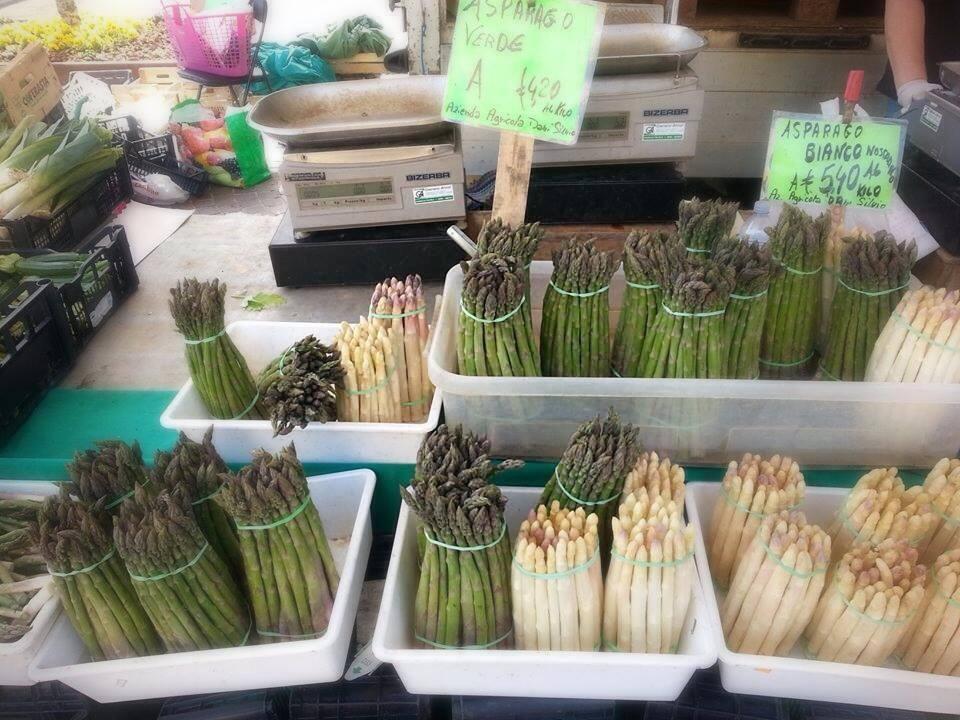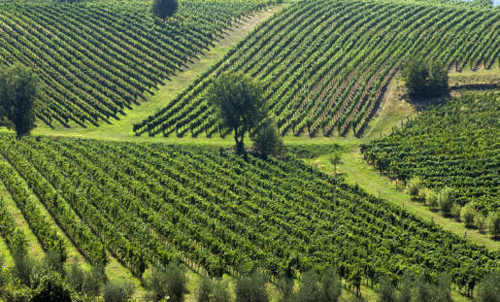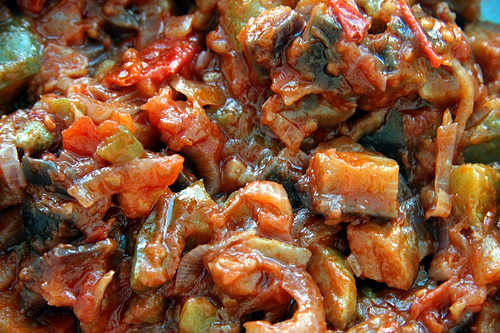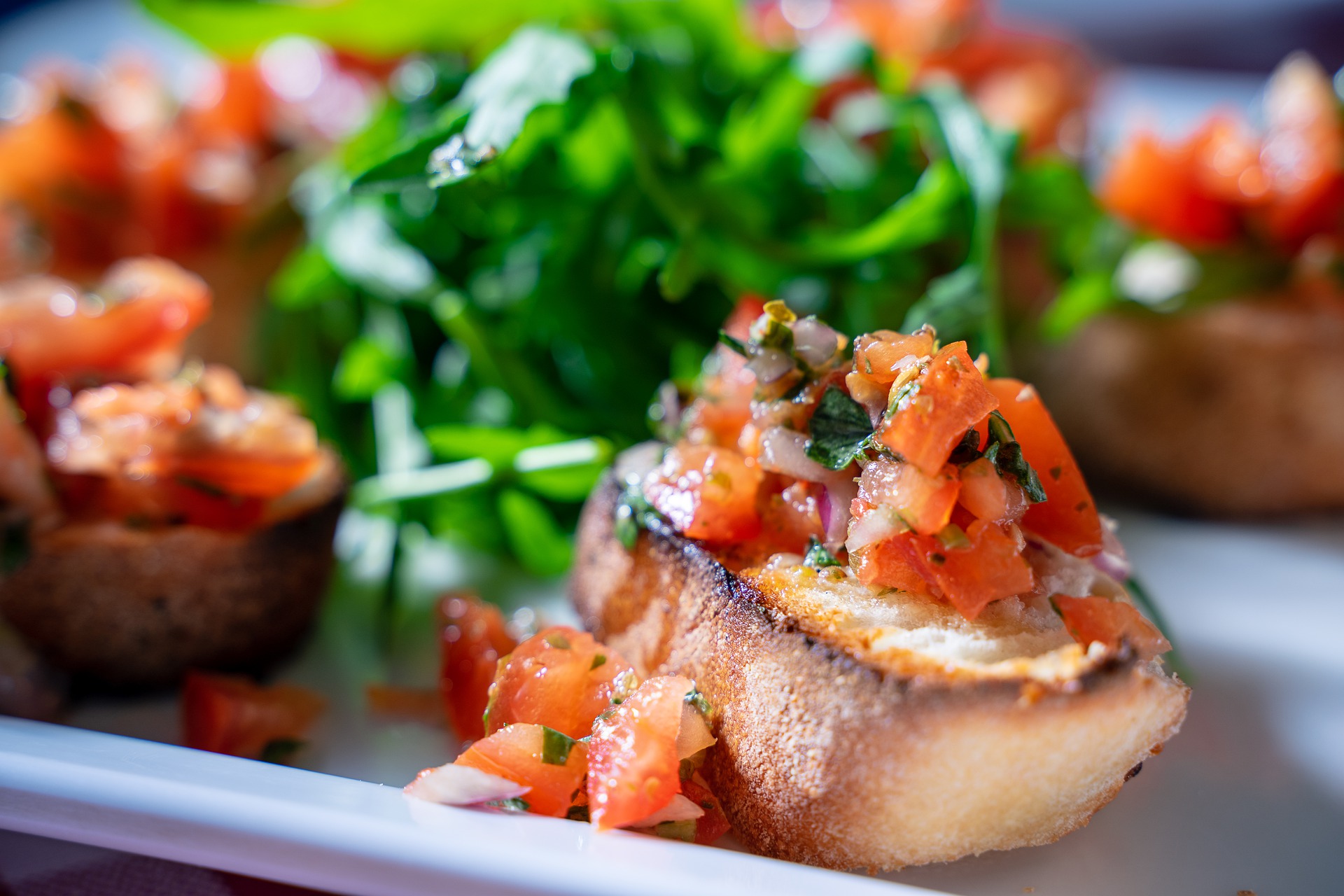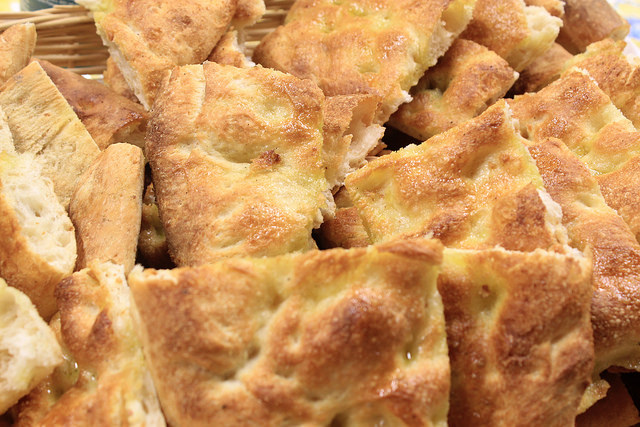Italian Food Recipes
Here are some of the basic ingredients along with the guidelines for selection and storage.
Anchovies: Anchovies are imported. Some of the best large and meaty fillets are sold in bulk in Italian fish markets or come canned from the south of Spain.
Artichokes: tiny artichokes are prized for stewing or sautéing. Refrigerate them and use within a day of purchase.
Arugula: Once a rarity, arugula is now sold year round. But it is best to look for when the weather is cool. The leaves will be a deeper green and the flavor will be more intense but less bitter. Rinse and dry arugula well and use it within a day of purchase. Remove heavy stems.
Asiago: A satiny cow’s milk cheese from the Veneto, Asiago is becoming increasingly popular elsewhere. Young Asiago has the nutty richness of Cheddar, and when well-aged it is good for grating.
Asparagus: Slender spears of asparagus can be mingled with risotto or pasta; fat ones are excellent for baking. Asparagus are available all year. But the first of the spring season offer special delight.
Clams: In Venice or elsewhere it is essential to purchase clams only from reliable fishmongers whose source of supply is certified beds. The best substitute for Venetian vongole veraci are Long Island littlenecks, West Coast Manila clams, or New Zealand Cockles. There is no substitute for slender Venetian razor clams. Tiny steamers from Maine come the closest to them in terms of flavor.
Coffee: Like the rest of Italy, Venetians dote on the Inky, strong essence of espresso, with its layer of fine beige froth, or crema, on top. Use fresh, dark-roasted, finely ground espresso beans.
Cornmeal: For polenta, stone-ground organic cornmeal is preferable. White cornmeal has finer texture than yellow. Store it in an airtight container.
Cuttlefish (and squid): Cuttlefish (seppie) – are similar to squid (calamari) but with more rounded bodies are preferred over squid for recipes calling for ink. The cuttlefish has more of it. For frying tender small squid are better.
Dried beans: The dried bean most often used in Venice is the reddish borlotti bean, not the white Tuscan cannelli. Although dried beans look like they last forever, They are actually better to cook to a more uniformly succulent texture when they are relatively fresh. Some cooks never soak dried beans. But there is no harm in soaking them, and often some good results. Beans need not be soaked for more than four hours.
Duck: All manner of duck meat can be used in Venetian recipes, from domestic ducks to the wild variety. Leftover roast duck makes an excellent sauce for pasta.
Fennel: A celery-like vegetable with an anise flavor, fennel can be used in salads, baked with cheese, or cooked until tender, then pureed. Select firm, medium-size bulbs without traces of brown. They will last for several days in the refrigerator.
Figs: Fresh figs, both green and black are sold in summer and fall. They should be plump, firm, but not hard, with no bruises or oozing spots. Keep them refrigerated.
Garlic: Garlic is used with restraint in Venetian cooking. Always buy large, firm, heavy heads. Keep garlic in the skin at room temperature in a covered container that allows air to circulate.
Herbs: Use fresh herbs whenever possible. With either fresh or dried herbs, buy small quantities to use before they go wilt or stale.
Monkfish: Also called lotte (its French name), monkfish is actually just the tail of a large, ugly scavenger. Most fish markets sell monkfish tails of various size without the central bone. Small monkfish tails with bone can be extremely succulent.
Mushrooms: An astonishing variety of wild and cultivated mushrooms is now available, including shiitake Portobello, cremini, chanterelles, oyster mushrooms, and morels, as well as common white mushrooms. It is best not to store fresh mushrooms airtight in plastic. They will rot. Keep them open to the air in a basket or a plain paper bag. A bit of drying will not damage them, and in the case of plain white mushrooms, will intensify and improve the flavor.
Mussels: cultivated mussels can be excellent. But whenever possible, look for mussels that are smaller rather than very large.
Nuts: Walnuts, hazelnuts (filberts), almonds, and pignoli are frequently used in Venetian cooking. Nuts keep best in the freezer and are improved by lightly toasting before use.
Olive oil: Extra virgin olive oil that is not overly aggressive and herbaceous is imported from Liguria and Apulia. Some also comes from Tuscany, Spain, and even California. Store olive oil in a dark container away from heat.
Olives: Venetian cooking calls for green, not black, olives. But good imported black olives (not the Californian “ripe” variety) can be used in some recipes and for snacking.
Onions: As important in Venetian cooking as in other cuisines, onions, stored at room temperature should always be kept on hand in an assortment of sizes.
Parmesan cheese: Use only genuine Parmigiano-Reggiano imported from Italy. Buy smaller rather than larger quantities so it does not dry out excessively. Grate or shave it only as needed. And, contrary to popular advice, never try to freeze it. The only substitute is Grana Padano, a similar cheese made near Parma.
Pasta: Good-quality dried pasta is an important kitchen staple. Keep spaghetti, linguine, and penne on hand. Thick whole wheat spaghetti, called bigoli, is frequently used in Venice. Italian imports from Abruzzi are among the best commercial pasta.
Peaches: Whether yellow or white, peaches are best in midsummer, to be used within a day or so of purchase.
Peas: June and July are the months when fresh garden peas are at their best.
Peppers: Sweet red or yellow peppers (capsicums) will keep in the refrigerator for several days. They are often seared over a flame, then peeled before using. Good roasted seared over a flame, then peeled before using. Good roasted peppers are also available in jars or sold in fancy food shops.
Potatoes: Idaho baking potatoes are the best for recipes like gnocchi and mashed potatoes calling for a dry, fluffy texture.
Prosciutto: Cured Italian prosciutto from Parma is the sweetest and best to use for most purposes.
Pumpkin: Italian pumpkin, a type of squash, tends to be less watery and more intensely flavored than American Pumpkins. Look for calabaza, a West Indian squash as a good substitute, or use butternut squash.
Radicchio: There are several varieties of this typically Venetian vegetable related to endive. The kind from Chioggia, which is now the most common, is mainly purple with white streaks, and forms rounded heads, like small cabbages. Radicchio from Treviso is elongated, with loose bunches of whitish leaves edged in red. Radicchio from Castefranco has more rounded leaves, a pinker color, and a somewhat more bitter flavor.
Raisins: Buy large good quality raisins, preferably organic. Store them airtight.
Rice: Pearly, plump Italian superfine rices (Arborio, vialone nano, and carnaroli) are the only varieties of rice to use for risotto. Venetians tend to prefer the slightly smaller-grained vialone nano.
Salt: Kosher or sea salt is preferred.
Sardines: Fresh sardines are not easy to find, but when they are in the market, buy them for grilling or roasting.
Spices: When purchasing spices, buy small quantities and replace them frequently. Spices should be stored away from heat and light, preferably in opaque containers.
Tomatoes: There is no substitute for exceptionally fresh, vine-ripened tomatoes. When they are out of season it is best to use good-quality canned tomatoes of the San Marzano variety imported from Italy. Ripe plum or round tomatoes can be roasted and then store in the freezer for later use.
Vinegar: Good-quality white and red wine vinegars are best for Venetian cooking. Balsamic vinegar, a specialty of Modena in the neighboring region of Emilia-Romagna, does not figure in Venetian cooking, but some chefs are starting to use it. Fine-quality balsamic vinegar to use sparingly is expensive but worth the investment. Cheap commercial balsamic vinegar is sweet and acrid and should not be used.
Watermelon: Look for small watermelons in season. The most typical Venetian dessert in summer is slices of watermelon.
Zucchini: Essentially a summer vegetable, zucchini (courgettes) should be purchased unbruised, dark green, slender, and about 6 inches (15 cm) long. Use zucchini within a day of purchase.

